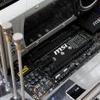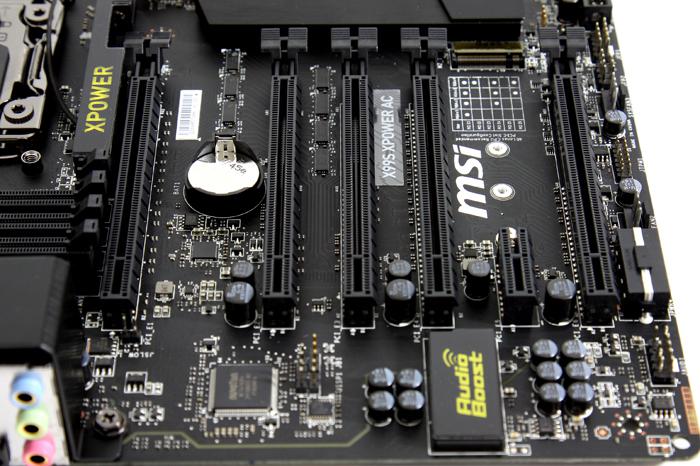Final words and conclusion
Final words and conclusion
Alright, I hope you guys have enjoyed this little soirée of results.
Now, for this introductory article we kept the result sets small, meaning we stuck to one resolution and three PCIe slot configurations. Based on that choice you guys now have already seen heaps and heaps of data. Injecting more resolutions and PCIe slot configurations into this article would severely complicate the result set. We could have added x4 and x8 results or 1080P or Ultra HD results. To keep things orderly we stuck to the gaming resolution preferred anno 2015, that is WHQD at 2560x1440. Next to that pretty much everybody with a single graphics card is running that card at x16 so the relevance of adding x4 and x8 results would not be significant enough. In fact PCIe Gen 3.0 x8 would in fact be PCIe Gen 2.0 x16 as bandwidth simple doubles. No, the premise for this article was to look at generational differences in-between x16 configurations versus the performance.
Single card Gaming versus generational different PCIe slots
As the article has shown, if you use a single high-end graphics card then really, even the PCIe Gen 1.1 slot would be sufficient. Gen 2.0 is preferred and Gen 3.0 only brings in a marginal improvement. Pretty much everybody anno 2015 is on PCIe Gen 2.0 though, so if you are worried that performance is cut in half due to that faster PCIe Gen 3.0 slot, then think again in a modest 2 to 3% percent on average.
2-way SLI Gaming versus generational different PCIe slots
With multi-GPU gaming the dynamic does change, and with a bigger difference than I originally anticipated. As all our results have shown, that PCIe generation 1.1 slot is slowing down today's high-end graphics cards. We have seen differences up-to 20%, compared to Gen 3.0. Though significant, it is still interesting to see that such an outdated slot configuration can still bring on so much performance. Concerning SLI, look in-between PCIe Gen 2.0 and 3.0; you are looking at 3 to 5% performance differences. That is still significant, but not such a huge number to the extent that you should even be slightly worried at all. Remember, if after reading this review PCIe Gen 3.0 seems appealing to you then our advice is simple, investing in a faster graphics card will bring you more FPS opposed to upgrading your processor and motherboard. Remember this as well, to achieve Generation 3.0 bandwidth you will need the magic three combo, a 3.0 compatible processor, a 3.0 compatible motherboard and of course a gen 3.0 compatible graphics card.
If this article invokes enough interest, then in the future we'll also spend some time testing AMDs latest Radeon cards in Crossfire. With the Crossfire bridge removed all composing data now runs over the PCIe bus. That should place more load on bandwidth usage and that could have an impact on performance. So if there is enough interest, we'll dedicate at one point an article to that combo as well.
We hope you enjoyed this article,
Hilbert out.
Recommended Downloads
- Sign up to receive a notice when we publish a new article
- Or go back to Guru3D's front page


